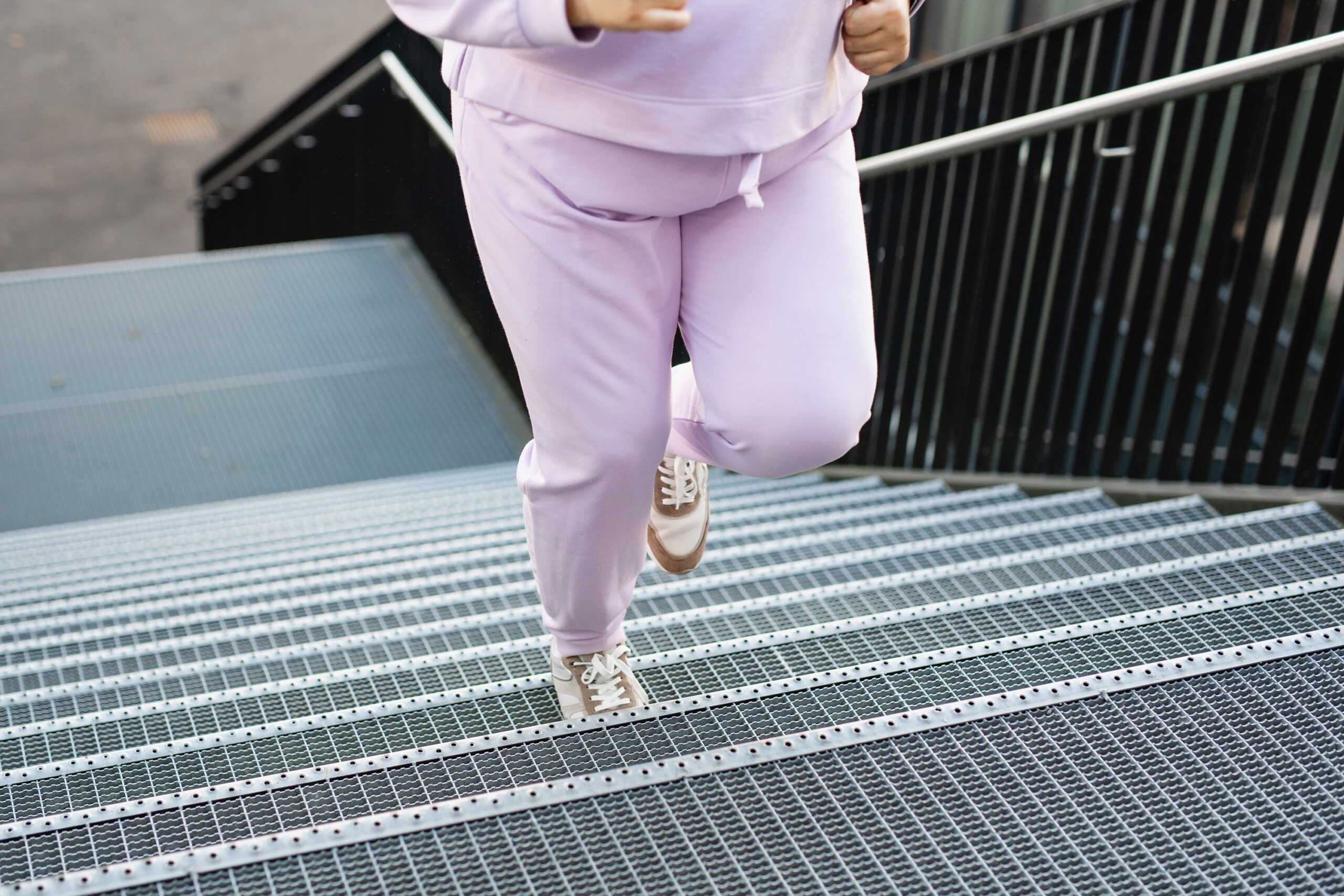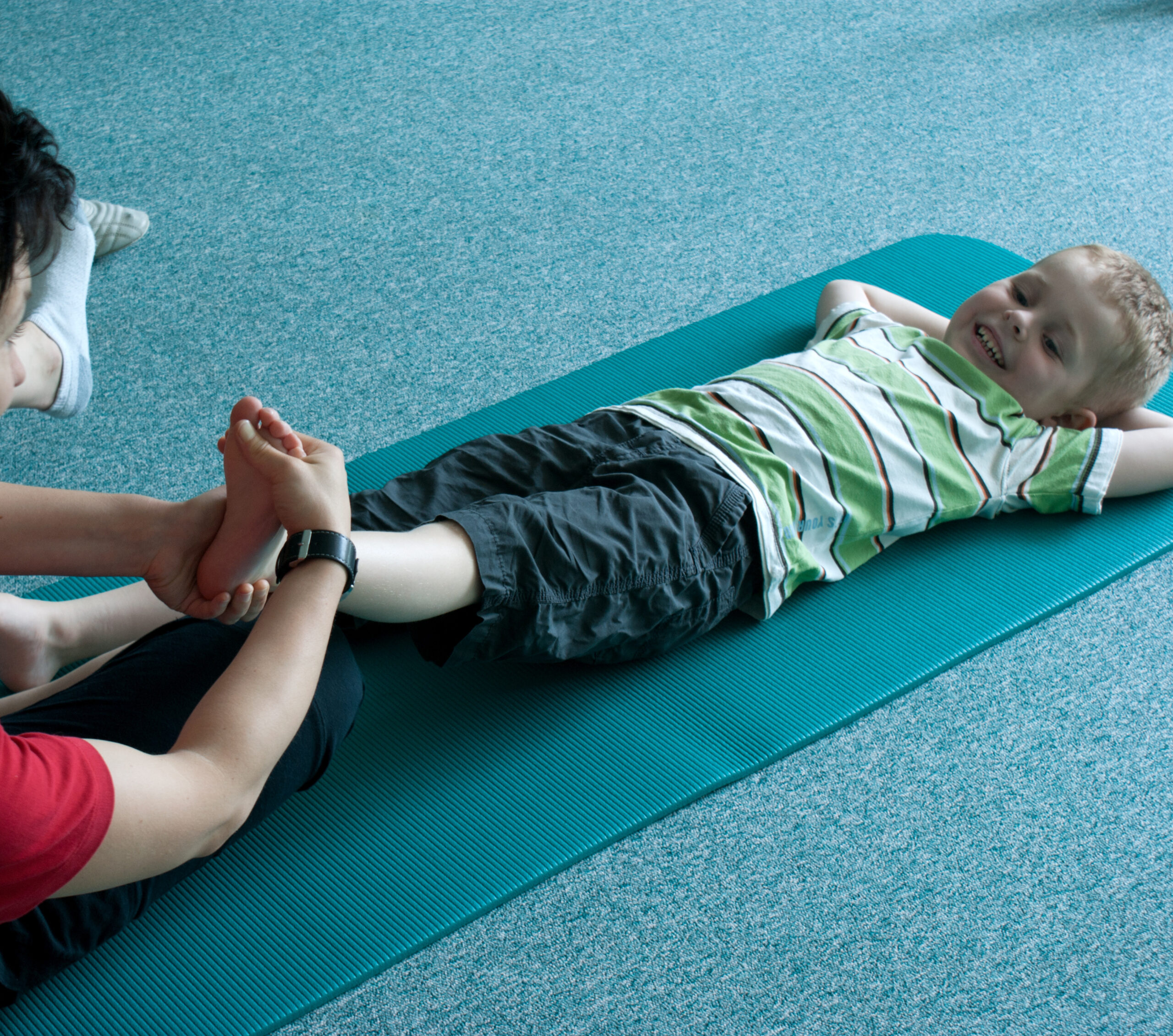What is RAPID Neurofascial Reset?
Although I mentioned RAPID NeuroFascial Reset® in my previous blog post discussing scar tissue, the uses and benefits of RAPID aren’t limited to scar tissue. I’d like to spend some time diving deeper into RAPID, and how I use it in sessions as a massage therapist.
RAPID Neurofascial Reset®, RAPID for short, is a manual therapy that uses movement and soft tissue palpation to assist in the resolution of pain and tension in the body. Essentially, RAPID is a form of bodywork that helps the brain and the body get on the same page.
The word “neurofascial” in the name can be broken into two parts: neuro, meaning neurological (the brain and central nervous system or CNS), and fascia, the connective tissue that connects and secures muscles, tendons, organs, and neurons.
When someone gets injured, their brain will receive that information, and create compensations in the body. For example, if you sprain your ankle, your brain will tell you initially to avoid putting weight on it. Eventually, though, the ankle heals and it’s back to business (and walking) as usual.
Sometimes, though, the CNS and the body have a little trouble getting back on the same page.
In the wake of an injury or trauma, the body will often attempt to protect the injured area to ensure the injury does not become worse. This could mean creating scar tissue in the region of injury, which is more rigid than our “normal” tissue. This prevents excess movement of the injury. Additionally, certain kinds of free nerve endings, type IV mechanoreceptors also called nociceptors, can become overly sensitive. They will continue communicating to the brain that there is something wrong, even if the initial injury is healed.
Keep in mind: scar tissue isn’t “bad” or “wrong,” but it’s important to let the rest of the body know that.
When this happens, the central nervous system receives the message from the body that it isn’t safe. The central nervous system can then remain in a state of increased stress, and keep the area “locked down” in order to try and keep it safe. This hypervigilance sometimes creates more problems, as the body continues to try and compensate for an injury. RAPID helps to re-introduce the injured area and body to each other, and gives the Central Nervous System a better “picture” of what’s going on.
Training in RAPID equips me to offer an alternative therapy for issues including migraines, thoracic outlet syndrome, sciatica, carpal tunnel syndrome, arthritis, old injuries, and other sources of chronic pain.
Who is this for?
For anyone with an old injury continuing to cause pain and discomfort.
For anyone with chronic and progressive physical discomfort from a condition like carpal tunnel or arthritis, who’s looking for a non-invasive treatment.
If you have an acute injury that’s still healing, it can be better to wait for any inflammation in the area to decrease before beginning treatment. That being said, I have treated my own (minor) acute injuries with this technique and had success.
For life’s bumps and bruises, RAPID can help speed up the healing process, and offer pain relief.
What is this like in a session?
In RAPID NFR, I work with the body’s soft tissues, palpating and locating the source of the pain and discomfort. Sometimes, this means an area of the body where pain isn’t actively present–if it feels unrelated at first, just keep in mind that the body is a system, and an imbalance in one area can appear as pain in another.
In a session, I may palpate one or more areas, gently guide motions, and introduce resistance in a movement to restore the cortical map, allowing the brain to “see” what’s going on with the body.
Wear comfortable, loose-fitting clothes that allow a full range of motion. Make sure you wear clothes that you can move in with limited restrictions.
If you feel RAPID NeuroFascial Reset® may help you in your healing journey, click the “Book Now” button at the top right corner of the website. If you have questions about whether this will help you, please email me at he***@*********nz.com or use the contact form on this webpage.
Disclaimer: Nothing in this blog post is to be construed as medical advice, nor is it a substitute for medical treatment or seeing a licensed medical professional. If you are having unusual or intense pain at or around a scar or other injury site, I recommend ruling out anything that necessitates medical treatment first before pursuing massage or manual therapy.






+ show Comments
- Hide Comments
add a comment